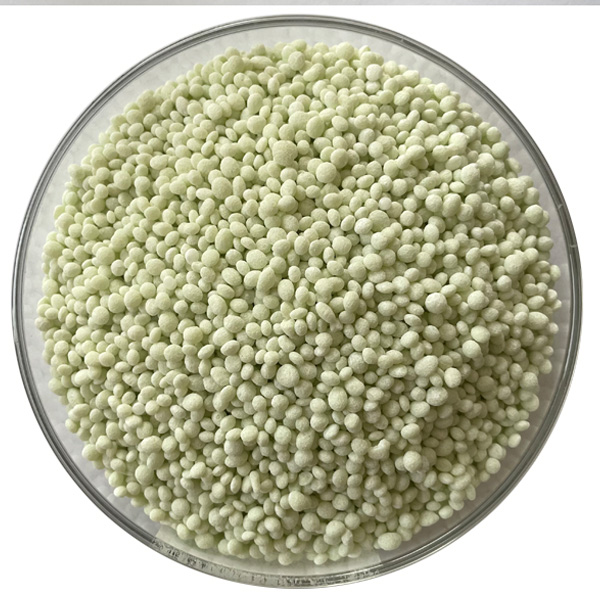
Dec . 04, 2024 14:08 Back to list
Producing High-Quality Fertilizer with 28-0-3 Nutrient Ratio for Optimal Plant Growth
The Significance of 28-0-3 Fertilizer in Agriculture
Fertilizers are essential in modern agriculture, enabling farmers to enhance crop yields and ensure food security. One particular formulation that has gained significant attention is the 28-0-3 fertilizer. This article explores what this specific fertilizer blend is, its importance, and how it can be effectively utilized in farming practices.
Understanding 28-0-3 Fertilizer
The numbers in the name 28-0-3 denote the ratio of nitrogen (N), phosphorus (P), and potassium (K) in the fertilizer. In this case, the ratio indicates that the fertilizer contains 28% nitrogen, 0% phosphorus, and 3% potassium. This specific combination suggests a high nitrogen content with no phosphorus and a moderate amount of potassium.
Nitrogen is a vital nutrient for plants, as it plays a crucial role in photosynthesis and the synthesis of proteins. It is a key component of chlorophyll, the compound that plants use to convert sunlight into energy. With such a high percentage of nitrogen, 28-0-3 fertilizer can significantly enhance leafy growth and overall plant vigor.
Importance of Nitrogen
In agricultural practices, nitrogen is often the nutrient that is most deficient in soils. It is critical for maintaining healthy plant growth and improving overall crop performance. By using a nitrogen-rich fertilizer like 28-0-3, farmers can effectively address nitrogen deficiencies, leading to improved plant growth and higher yields. This is particularly beneficial for crops that have high nitrogen requirements, such as corn, wheat, and various leafy vegetables.
The Role of Potassium
While the phosphorus content in 28-0-3 is zero, the potassium content—at 3%—still plays an essential role in plant health. Potassium is vital for water regulation, enzymatic functions, and photosynthesis. Although 28-0-3 is primarily a nitrogen fertilizer, the inclusion of potassium ensures that plants can still benefit from this important nutrient, contributing to root development and stress resilience.
28-0-3 fertilizer factory

Applications in Agriculture
28-0-3 fertilizer can be applied through various methods, including broadcasting, side-dressing, and fertigation (the application of fertilizers through irrigation). The timing of application is crucial; it is often best applied during the early stages of growth when plants are developing their root systems and leafy structures.
Because of its high nitrogen content, farmers should consider the specific needs of their crops and soil when employing this fertilizer. Over-application can lead to nitrogen leaching into waterways, causing environmental issues such as water pollution and algal blooms. Therefore, soil testing is recommended to determine the appropriate application rates and timing.
Environmental Considerations
While fertilizers like 28-0-3 are essential for maximizing agricultural productivity, their use must be managed carefully. Environmental concerns related to nitrogen fertilizers include potential runoff that can contaminate local water supplies. To mitigate these risks, farmers can practice sustainable agriculture techniques, such as precision farming, which uses technology to apply fertilizers more accurately based on crop requirements.
Additionally, integrating cover crops and adopting crop rotation can help maintain soil health and reduce reliance on chemical fertilizers. These practices not only enhance nutrient availability but also improve soil structure and reduce erosion.
Conclusion
The 28-0-3 fertilizer is a powerful tool in modern agriculture, particularly for crops that demand high nitrogen levels. Its application can lead to enhanced growth, improved yields, and overall healthier plants. However, it is crucial for farmers to adopt responsible application practices, considering both the nutritional needs of their crops and the protection of the environment. By balancing productivity with sustainability, farmers can ensure that they contribute to food security while safeguarding natural resources for future generations.
-
10 10 10 Fertilizer Organic—Balanced NPK for All Plants
NewsJul.30,2025
-
Premium 10 10 10 Fertilizer Organic for Balanced Plant Growth
NewsJul.29,2025
-
Premium 10 10 10 Fertilizer Organic for Balanced Plant Growth
NewsJul.29,2025
-
Premium 10 10 10 Fertilizer Organic for Balanced Plant Growth
NewsJul.29,2025
-
50 Pound Bags of 13-13-13 Fertilizer for All Plants – Bulk & Organic Options
NewsJul.28,2025
-
High-Efficiency 15-30-15 Granular Fertilizer for Healthy Crops
NewsJul.28,2025
